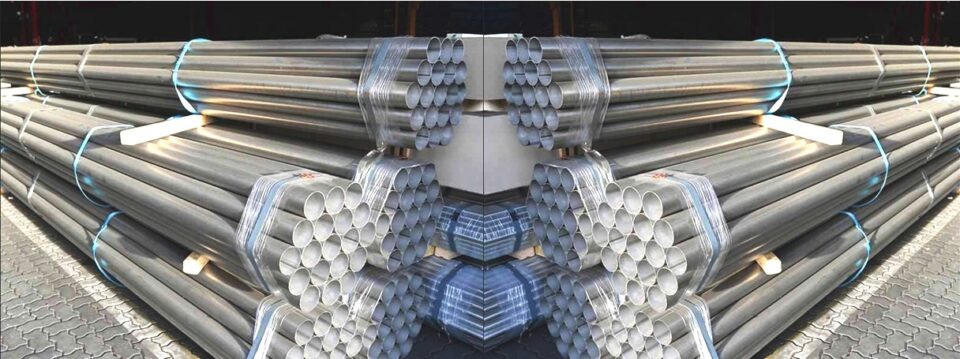Heating – air conditioning pipes

Pipes in millimetres, inches and copper, sizing, weight and surface calculation, properties, characteristic colours.
Heating – air conditioning pipes
Before examining the topic of “Heating, Air Conditioning and Plumbing Pipes”, it is essential to understand the importance of heating and air conditioning systems within buildings and structures. These systems provide thermal and environmental comfort, significantly contributing to the well-being and health of occupants, as well as influencing the energy efficiency and sustainability of buildings.
Heating systems are designed to keep the internal environment at a comfortable temperature during the colder seasons, while air conditioning systems are designed to cool and dehumidify the air during the hot seasons. Both of these systems require a piping infrastructure to transport thermal fluids, such as hot water or refrigerant, through the building or structure.
Role performed
Heating and air conditioning pipes play a crucial role in ensuring the efficient and reliable operation of such systems, they are responsible for transporting the thermal fluid between the source of heat or cold (for example, a boiler or an air conditioner) and the distribution elements, such as radiators, radiators, fan coils or air handling units.
During this discussion created by Itieffe, we will explore in detail the different types of pipes used in heating and air conditioning systems, including construction materials, dimensions and design criteria and we will also discuss the importance of maintenance and thermal insulation of the pipes to ensure optimal performance and energy saving.
